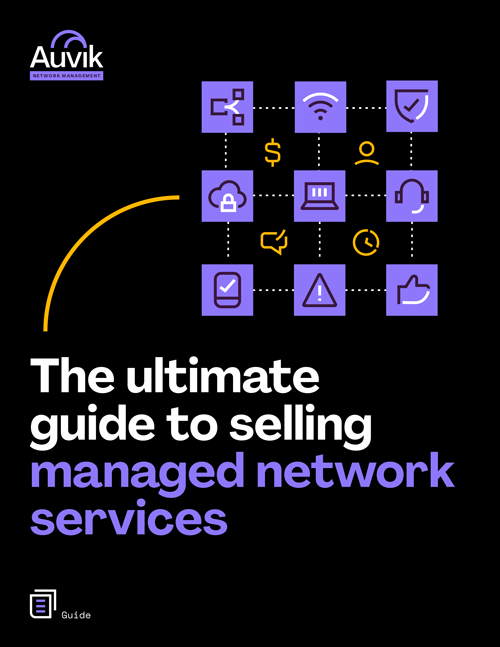In today’s rapidly evolving business environment, having the RIGHT information technology (IT) is critical to achieving organizational goals. However, in 2023, budgeting for IT can be a significant challenge for various reasons, not the least of which are concerns about how IT teams can weather the stormy economy.
IT Budgeting Challenges in 2023
One major challenge is balancing the ever-increasing costs of IT devices, software, and infrastructure with the ever-decreasing budgets available for IT teams. As a result of the constant evolution of technology, companies must continually invest in expensive equipment and software to stay competitive. This often results in IT departments struggling to meet the organization’s needs within their budget limits. Additionally, new, innovative technologies may cost a significant amount initially, requiring more investment than legacy systems.
Another significant challenge is how to plan for the future of technology. Organizations must anticipate their needs for IT in the future and budget accordingly. An IT spending plan must project and account for the expected growth, upgrades, and maintenance costs of the technology already in place, as well as potential future solutions and innovations. For instance, digital transformation initiatives may require large-scale investments in cloud computing, big data analytics, and Internet of Things (IoT) infrastructure.
Furthermore, cybersecurity remains a significant (and growing) concern for IT departments. As hackers and cybercriminals continue to develop complex software and techniques, organizations have to keep up by constantly investing in cyber defense strategies to protect their systems and data, adding more layers of costs and complexity to the Information Technology budget.
Lastly, many factors can impact a company’s IT budget. A reduction in revenue or increase in unplanned and unexpected expenses could impact the IT budget, forcing the IT department to make tough decisions on where to cut back. Unplanned expenses like recoveries from cyberattacks or significant technology failures can divert resources from planned IT initiatives and impact the budget.

Your Guide to Selling Managed Network Services
Get templates for network assessment reports, presentations, pricing & more—designed just for MSPs.
In conclusion, budgeting for IT in 2023 is a significant challenge for many organizations. Organizations must carefully budget and plan for both current and future technology needs while finding creative ways to optimize cost efficiency. By considering these challenges, IT departments can formulate a comprehensive plan that allocates resources toward essential IT investments while minimizing any potential budgetary risks.
The 7 steps to budgeting for Layer 2 and Layer 3 switches
Managing a budget for layer 2 and layer 3 switches for a small business requires understanding the needs and the limitations of both types of switches. Here are seven steps to be better at managing the budget when considering what and when to upgrade:
1. Assess your business needs
Determine the networking requirements of your organization. This would include understanding the number of users, required network speed, and the type of applications or services to be supported. If you’re not sure where to start, we might suggest using an ITIL (IT Information Library) framework as a way to organize your thoughts and your approach.
2. Understand the differences
Layer 2 switches are typically more affordable and can suffice basic connectivity needs, while Layer 3 switches offer more advanced features like routing and inter-VLAN communication. Weigh the pros and cons of each type of switch based on your business needs.
3. Forecast the growth
Take into account the future growth of your business. Consider factors such as the number of additional users, new applications, or expansion to multiple locations. A layer 3 switch might be a better long-term investment if you anticipate significant growth.
4. Budget allocation
Once you have determined the type of switch that suits your needs, allocate a budget accordingly. It is essential to strike a balance between quality, features, and price. Look for reliable vendors with good after-sales support.
5. Consider purchasing used or refurbished equipment
To save on costs, consider buying used or refurbished switches. These often come at a discounted price while still providing satisfactory performance. Ensure that the hardware is still being supported by the vendor and comes with a warranty. Using a well-defined ITAM (IT asset management) process can help you identify which assets are coming due for updating.
6. Regularly monitor and review your network
Periodically assess the performance and efficiency of your network switches, and adjust your budget accordingly. We’ve detailed how to do this in 8 Reliable Techniques for network optimization. This will help identify areas of improvement and anticipate future needs. For more on this, check out our Network Design Best Practices.
7. Leverage open-source solutions
Open-source software and tools can be used to manage network switches and improve network performance, often at a lower cost.
By following these steps, you can strike a balance between budget and performance, ensuring that your small business benefits from stable and secure network connectivity.
Did we miss something? Feel free to leave a comment below.






